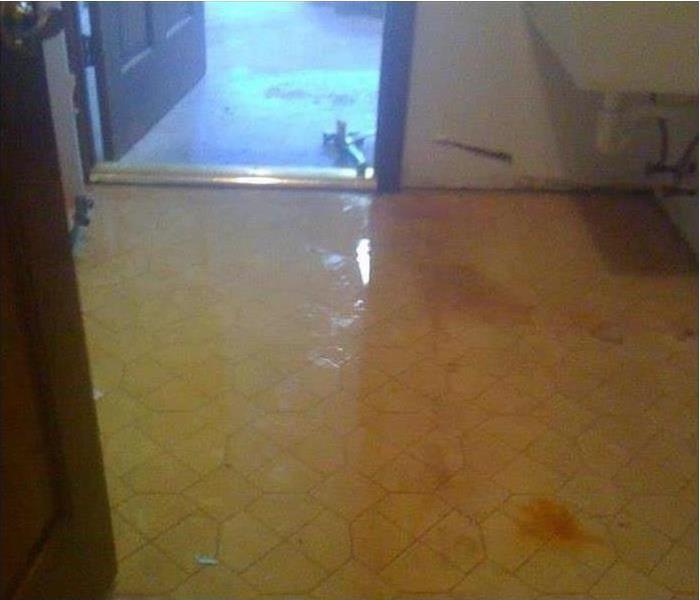When To Use a Flood Cut
8/27/2022 (Permalink)
 If the damage to your home is caused by flooding from a recent storm in Pierson, FL, however, the walls are probably going to have to go.
If the damage to your home is caused by flooding from a recent storm in Pierson, FL, however, the walls are probably going to have to go.
When Should You Use a Flood Cut?
If you experience flooding after a storm, you may hear the flood restoration experts who are tasked with mitigating the damage talking about a flood cut. A flood cut is a mark that is made on the wall that tells technicians how much of the wall has to be removed. Such measures are not always necessary with all water damage, but there are times when taking out walls cannot be avoided.
Saving the Wall
Not all damage to your home is the same. Experts consider some types of water damage relatively minor, such as:
• Damage by clean water
• Small spills
• Superficial damage that doesn’t reach the drywall
If the water doesn’t actually permeate the wall or contaminate it with microbes, there is no reason to tear out the drywall. Technicians can just dry the area to prevent secondary damage from occurring.
Removing the Wall
If the damage to your home is caused by flooding from a recent storm in Pierson, FL, however, the walls are probably going to have to go. Flood water is considered Category 3 water, which means it is likely contaminated with bacteria and other microorganisms. You do not want these germs remaining on your walls. Unfortunately, there is not really a good way to clean the walls. They have to be removed and replaced.
Technicians start by making a flood cut about 12 inches above the highest visible damage. This distance may seem excessive, but it ensures that all the contamination is removed, even if the damage isn’t obvious. Once the wall is down, the technicians can check to see if anything inside the wall was affected, such as the insulation. After the area is dry and clean, the wall can be rebuilt.
Flooding from a storm can destroy your walls by saturating them with contaminated water. Such damage can only be dealt with by tearing it out and throwing it away. A flood cut helps ensure that all the damaged materials are removed.






 24/7 Emergency Service
24/7 Emergency Service